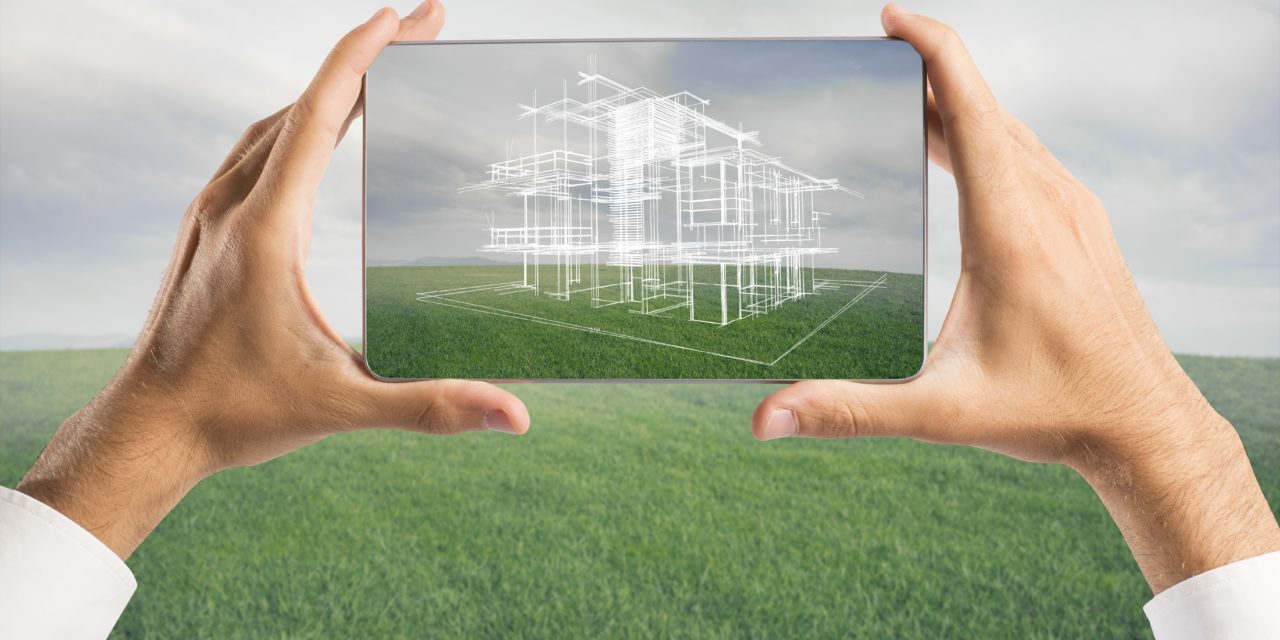The future of green building is here. Are you ready for it?
By Tatiana Krzesicki
Whether you’re building a home for the first time, installing a solar roof, sourcing an eco-friendly countertop, or re-designing a backyard, you’re thinking critically about the value of your home. What you might not realize is that you’re also future-proofing your space.
The future may be uncertain, but the value of a home doesn’t have to be. In fact, building, renovation, and design can be done with adaptability in mind. Preparing for changes can lead to even greater lasting quality, renewability, higher resale value, and often, overall savings in price.
Many current building practices have harmful aspects including but not limited to: depletion of natural resources, air and water pollution, solid waste, deforestation, toxic waste, health hazards, and climate change. By future-proofing your home and making conscious green building decisions, you help to prevent these harmful effects and move us towards a healthier and greener future.
Changes to the building sector on a nationwide level must also occur to minimize these harmful aspects and promote green futures for our cities. Think in terms of removing carbon from the building and operation of your home. Some cities and states across the U.S. are already taking steps to begin building as if the future is already here. As part of this process, many neighborhoods and local municipalities have developed robust green building policies for their region. By fulfilling these requirements ahead of time, you’ll be helping to future-proof your home which should make it easier to sell in the future.
Watch for codes covering topics such as
- Energy Efficiency: Energy Star appliances and fixtures, LED lighting
- Renewable energy: including solar panels and all-electric homes
- Electric vehicle charging stations
- Water conservation: low flow fixtures, appliances, greywater systems
- Cool roofs: Living or reflective roofs
- Building techniques which lower waste and preserve groundwater
Across the U.S., cities are adopting policies that set high building standards for their residents. Whether you’re a resident looking to better understand your city’s current policies or someone who’s looking for more information about what policies your area might implement in the future, take a look at 7 regional leaders below.
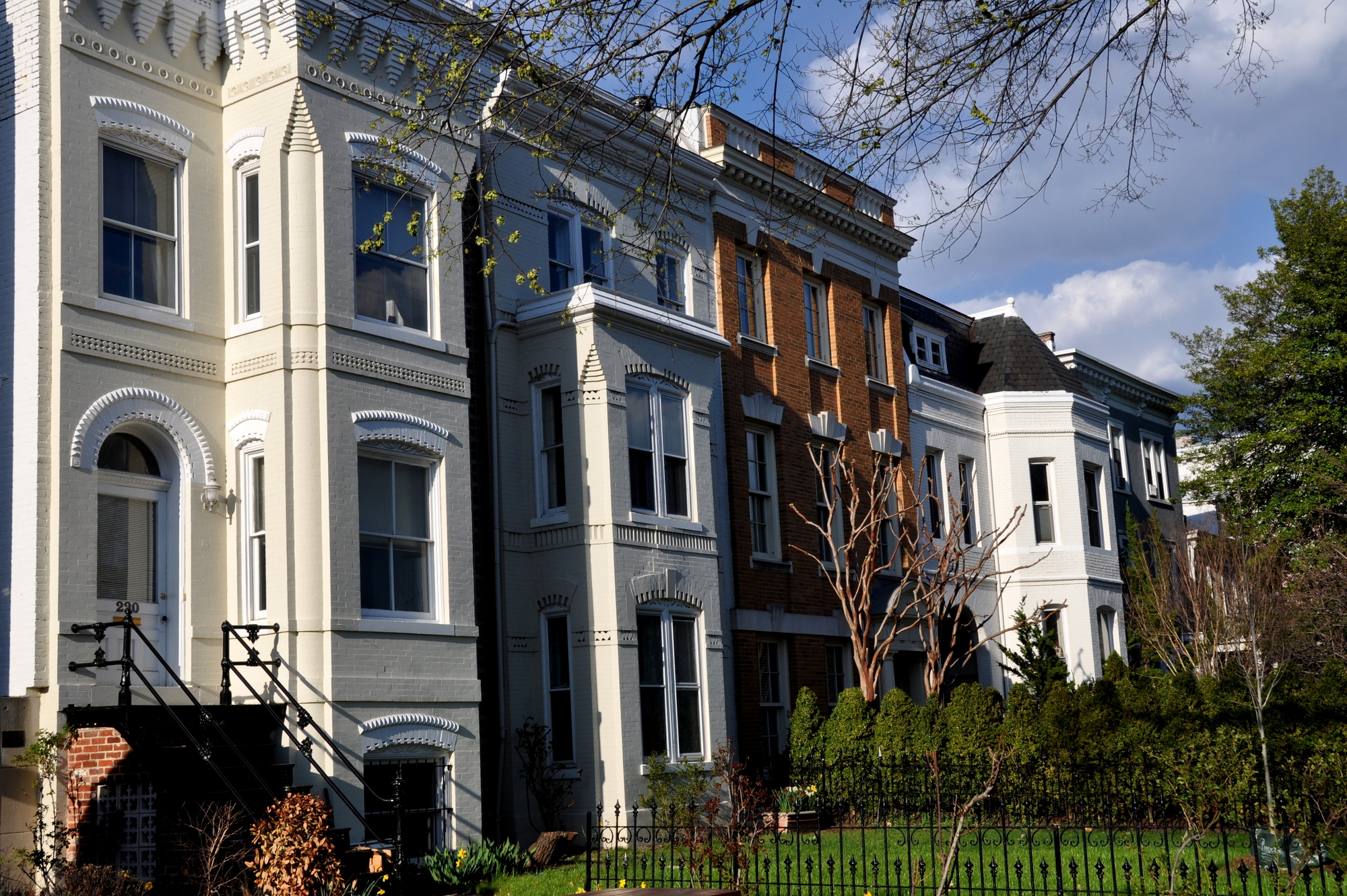
Washington DC
Visitors may easily recognize many of D.C.’s monuments. However, what they may not realize is the range of green infrastructure in the area. American University, for example, derives 50% of its power from solar panels connected to George Washington University and the associated university hospital. The U.S. Department of the Treasury itself is housed in the oldest building in the world to have received LEED certification.
What makes such successful projects possible?
A series of green building policies:
- The Green Building Act of 2006 governs non-residential buildings. The 2012 revision now requires private developments of a certain size to comply with LEED certifications. Similar expectations have already been placed on other non-residential public buildings and district-financed residential projects.
- The 2012 International Green Construction Code and 2012 International Energy Conservation Code suggest building practices for residential homes. The policies focus on sustainability, energy efficiency, water efficiency, material and resource use, and indoor environmental quality, maintenance, and emissions. Specific suggestions are given for mixed-use buildings and residential, multi-family homes with more than three stories. A 2018 version of the codes is now available with more specific guidelines.
- The Sustainable DC Plan urges the importance of a trained task force of green development professionals to prepare the building industry for success in the future. Changes to residential and non-residential homes, on a community-wide scale, are suggested along with the immediate adoption of up-to-date construction codes.
Grant programs specific to green building projects:
- The Green Light Grant Program applies funding from sources like the Green Building Fund, the Department of Energy and Environment, and the Department of Consumer and Regulatory Affairs to support projects focused on research, data analysis, training, or engagement with green building projects.
Additional resources:
- With over 3 millions square feet of green roofs in the area, DC-specific aid to help kickstart green building goals includes green roof rebates, structural engineering rebates for green roof projects, and information on green roof contractors in the area.
DC residents have found that added green infrastructure means added home value. Major resale premiums, for example, allow a home to sell for more than non-green counterparts.
The same benefits apply to residents outside of the city center. The neighboring city of Alexandria, VA has produced its own building policy, the City of Alexandria’s 2019 Green Building Policy. This revised code affects all local developments proposed after March 1, 2020, assigning performance points to green construction and renovation projects. Look out for changes to be made in the categories of energy use reduction, water efficiency, and indoor environmental quality.
Los Angeles, California
Looking for LEED or WELL certified homes? Green Globes certified buildings? High performance Savings By Design projects? Expect to find all and more in Los Angeles. Take a look at LA’s EcoMap to see the extent of green building development across the city.
These neighborhoods rely on proactive policies to drive green building development.
- Revised every three years, The Los Angeles Green Building Code applies to all new buildings, building additions, alterations valued at a minimum of $200,000, and alterations that increase building volume in areas with heating and cooling. These criteria have applied to both residential and non-residential buildings since 2011. Publicly available guidance documents provide checklists specific to residential buildings.
The city provides support, in terms of rebates and resources, for:
- Solar energy
- Water conservation (including greywater systems)
- Electric vehicle charging stations
- The City Council Existing Buildings Energy & Water Efficiency (EWEWE) Program
- Cool roofs
- Waste hauling
- Healthy fireplaces and wood burning devices
The city’s Mandatory Requirements for Newly Constructed Residential Buildings and Additions and Alterations to Non-Residential Buildings clearly outline specific requirements.
Work must be done in:
- Planning and design
- Energy efficiency
- Water efficiency & conservation
- Material conservation & resource efficiency
- Environmental quality
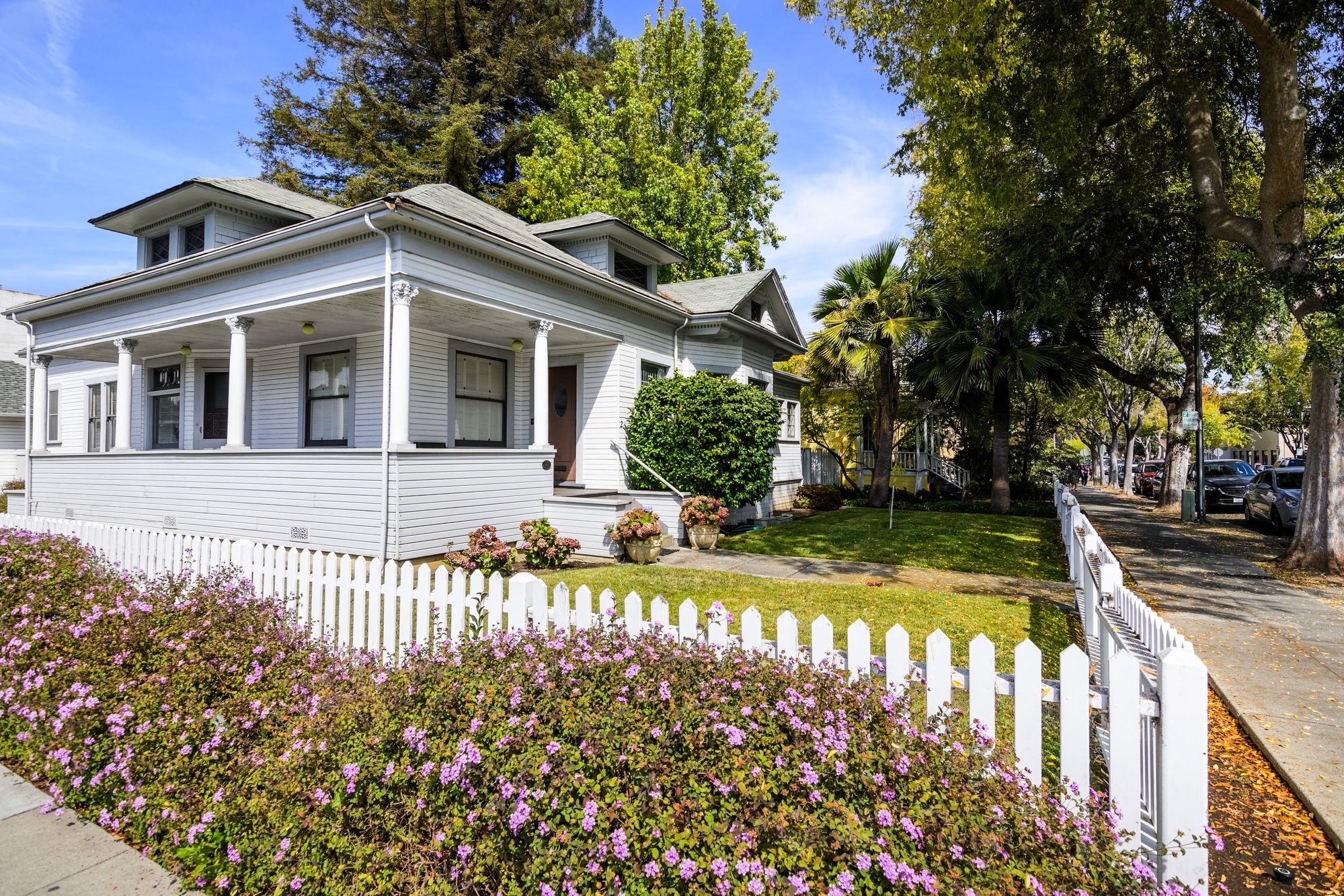
Palo Alto, California
350 miles north, Palo Alto uses citizen support and informal building codes and agencies to support green building policies already in place in the region. Pressure to build green can come from residents themselves in addition to state and local legislature.
Many informal committees are involved in this process of efficient green building. The Green Building Advisory Group supports serious green building initiatives in the state. An Electrification Task Force and a zero net energy building study group both research ways to achieve efficient energy use and net zero energy respectively. These groups work in accordance with some of the policies listed below:
- The Palo Alto Municipal Code houses Palo Alto’s green building legislation. Statements of code violations and penalties can be issued for green building requirements that aren’t followed.
- The California Green Building Code acts as the basis for Palo Alto’s standards and goals. The code clarifies requirements for electric vehicle charging station installation adjacent to single-family and multi-family homes as well as non-residential buildings. Specific requirements for outdoor lighting systems are referenced from the California Energy Code for Lighting Zones alongside ordinances related to storm water pollution prevention, light pollution reduction, and requirements for Energy STAR projects on site. In the construction process, cement use for building constructions must be reduced as part of general waste reduction efforts. Suggestions for water reuse and conservation systems to implement after construction is complete include irrigation metering devices, greywater systems, and recycled water piping.
- New construction projects must comply with the 2019 Energy Reach Code. Both low-rise residential and non-residential projects submitted after April 1, 2020 must install all-electric appliances. Note that in addition to incentives for solar power, electricity from the grid in Palo Alto is Green-e certified as 100% renewable.
The City of Palo Alto provides support in the compliance process. A Green Building Compliance Page has been set up to help streamline requirements. A website has also been developed specifically to help construction teams to track their project’s diversion rate to meet requirements. Green rebates and incentives are available for both energy and water saving systems on residential and non-residential projects, and on-demand training is available online. Palo Alto is serving as an inspiration to their neighboring communities.
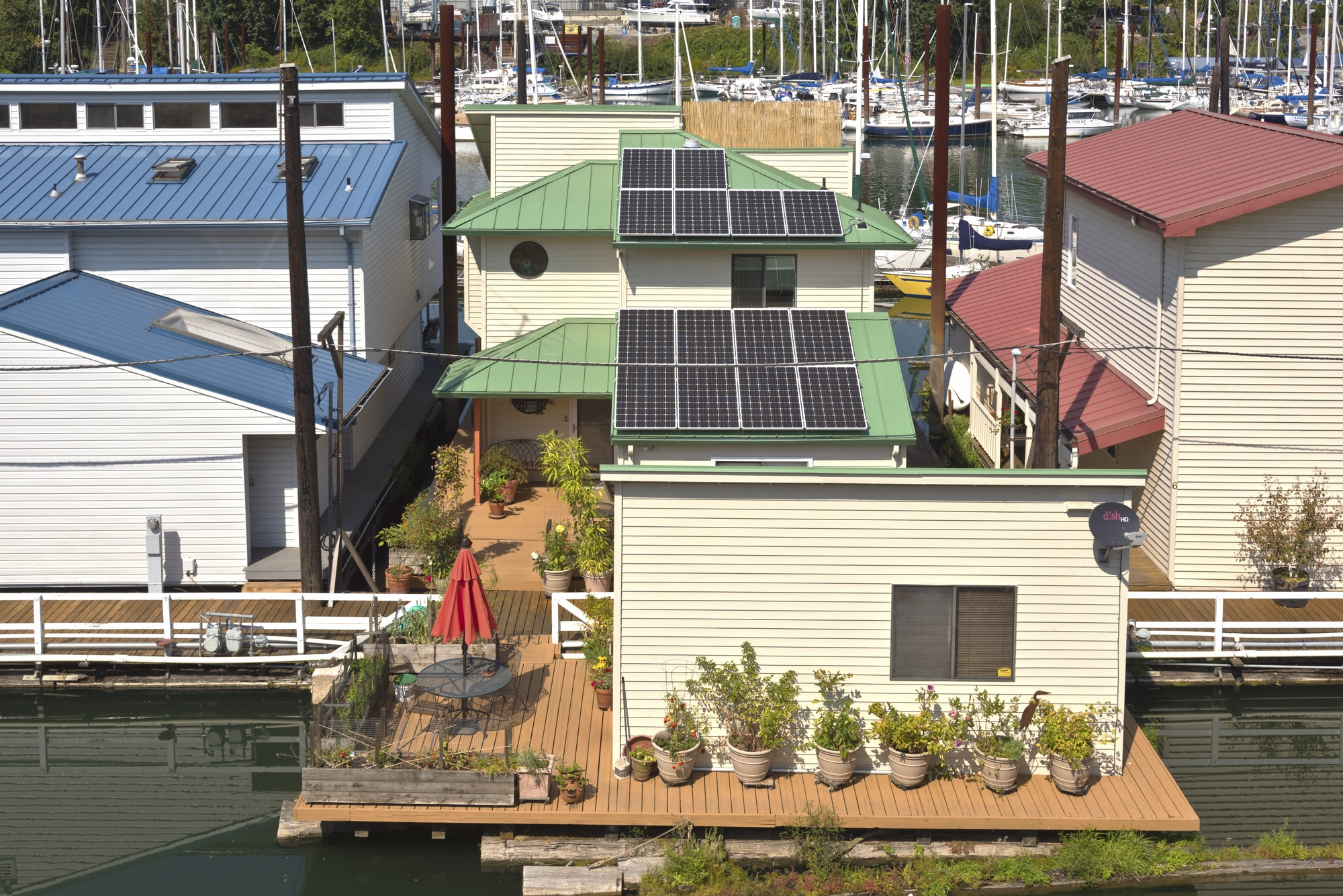
Portland, Oregon
Many of Portland’s green building policies are not yet required for all residential buildings. But, best management practices suggested for residential homes hint at mandates of the future:
- The City of Portland Green Building Policy focuses on aspects of the green building process from design to construction to remodeling. The policy seeks to address of the harmful building practices that were addressed previously in this article.The document provides suggestions and solutions for sustainable roof maintenance and design, window and exterior treatments, wildlife-friendly building design. Some requirements are currently more stringent for businesses than residential homes.
- The Portland State University Institute for Sustainable Solutions engages students and community partners to work together, in Portland neighborhoods, on future-proofing projects such as housing affordability and green infrastructure.
The South Waterfront neighborhood of Portland has taken sustainable development steps of its own. LEED certified residential buildings contribute to local carbon neutral efforts. The area also recognizes its region-specific needs, highlighting water quality and retention efforts.
Particular green building efforts may change depending on your location. Take time to research what changes are most important for you!
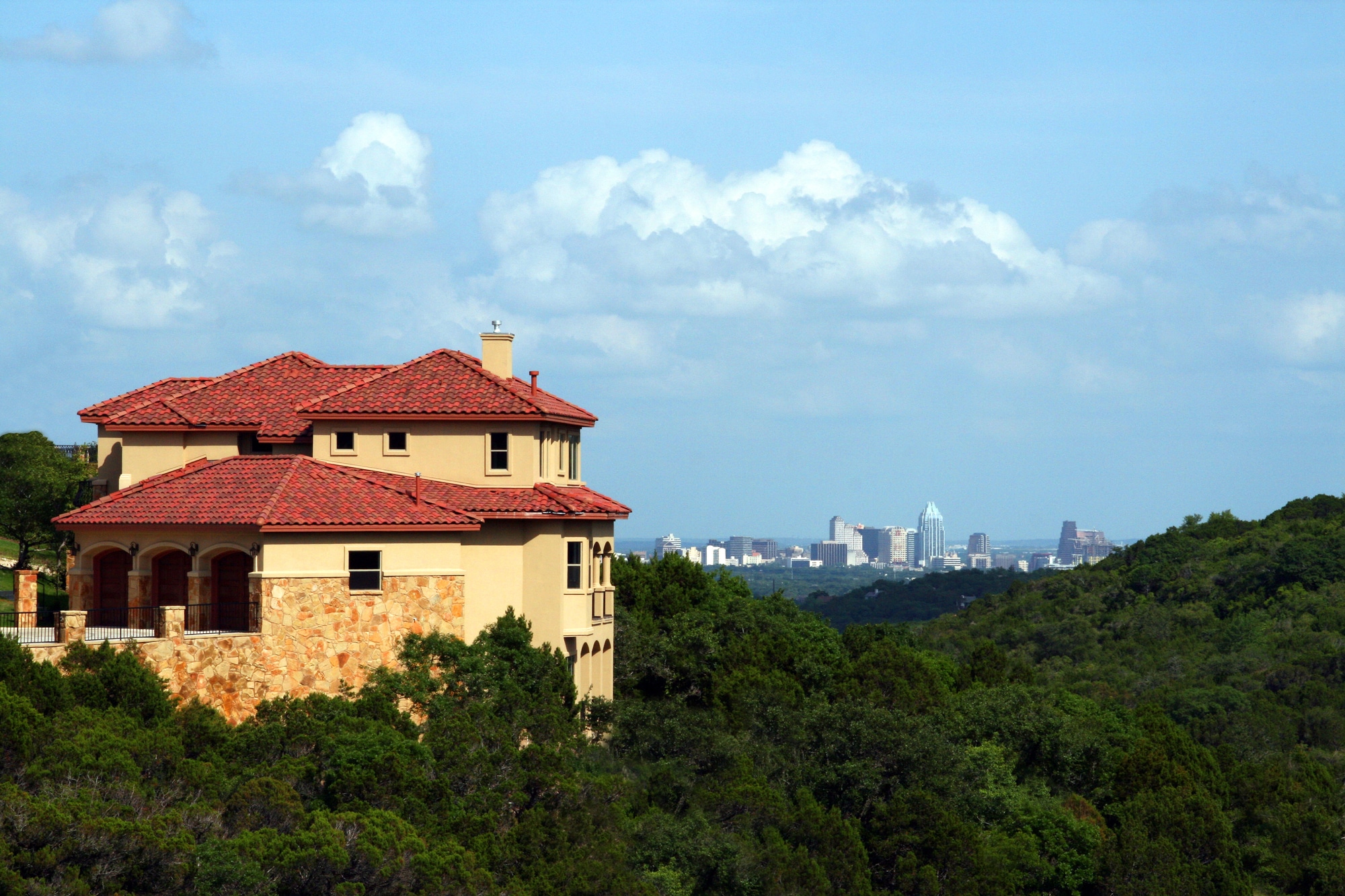
Austin, Texas
Austin recognizes work already done in other areas of the U.S. and creates similar goals for Austin residents. This is a great example of a city setting a positive example of what it means to future-proof the infrastructure of a region by staying ahead of green building practices in the U.S. You can use the information in this article to do the same! Try comparing practices between other areas of the U.S. and your own. This can only reveal new, valuable ways to stay up-to-date with nation-wide green building requirements.
- The Imagine Austin Comprehensive Plan presents green urban development as one of the pillars of Austin’s city-wide goals. The plan focuses on the idea of a complete community where sustainability means combined social equity, economic opportunity, diversity, and a focus on community-led leadership to fulfill day-to-day community needs. The plan supports regulation of site planning for green structure, with tree preservation and reduced impervious coverage in mind. It also highlights energy services from the clean energy sector, including solar technology and installation.
- The Green Infrastructure Priority Program 4 uses the Green Infrastructructure Priority Program Implementation Team to mobilize public investment and incentivize regional green building work. The program argues that green infrastructure can protect environmentally sensitive areas at the same time that it integrates natural elements into the city.
A non-residential building, the Twin Oaks public library in the Bouldin Austin neighborhood has been incorporating the city’s green building principles since its opening in 2010.
Additionally, Austin’s Meuller neighborhood has focused seriously on achieving LEED certifications and Austin Energy Green Building ratings. Encouraged by citizen input, the implementation of green building projects in the area has grown over time. Your own knowledge as well as local policy contribute to the future-proofing of communities for resilient futures.

Chicago, Illinois
Nicknamed “America’s Green City,” Chicago is listed by the 2018 National Green Building Adoption Index as #1 in energy efficient business development. A few residential buildings have also already appeared as interesting examples of future-proofing infrastructure.
One example is the Yannel House, located in the Ravenswood neighborhood. It is a residential building that combines high-quality space and net-zero emissions. While not everyone can afford green luxury homes like the Yannel House, increased green building development, on a larger scale, drives down prices for the future consumers in the industry. Community-led programs and city-wide initiatives such as the Green Healthy Neighborhoods Initiative show investment in communities that can benefit from the expansion of the green building industry.
Elemental Green recently completed the #EcoRenovate Project in a condominium in the Hyde Park neighborhood of Chicago. Through the thoughtful selection of materials in the renovation, we lowered embodied carbon and saved energy vs a standard renovation.
Chicago city-wide initiatives can foreshadow what kind of green building requirements will become feasible on a larger scale in the future:
- The City of Chicago Sustainability Operations Plan outlines 7 actionable areas of sustainability for greener day-to-day operations at city facilities: health and safety, energy efficiency, waste reduction & recycling, sustainable purchasing, water conservation, transportation, and climate change. The plan presents green building infrastructure solutions on a city-wide scale and sets the precedent for the expansion of these practices to interested residential areas.
- The City of Chicago Sustainable Development Policy explains available financial and non-financial assistance for redevelopments, planned developments, site approvals, and changes to planned developments. Compliance plans offer options to fulfill LEED, Green Globes, Living Building Challenge, Enterprise Green Communities, and PassiveHouse certification requirements. Educational resources are available on energy efficiency, waste and recycling, and water efficiency.
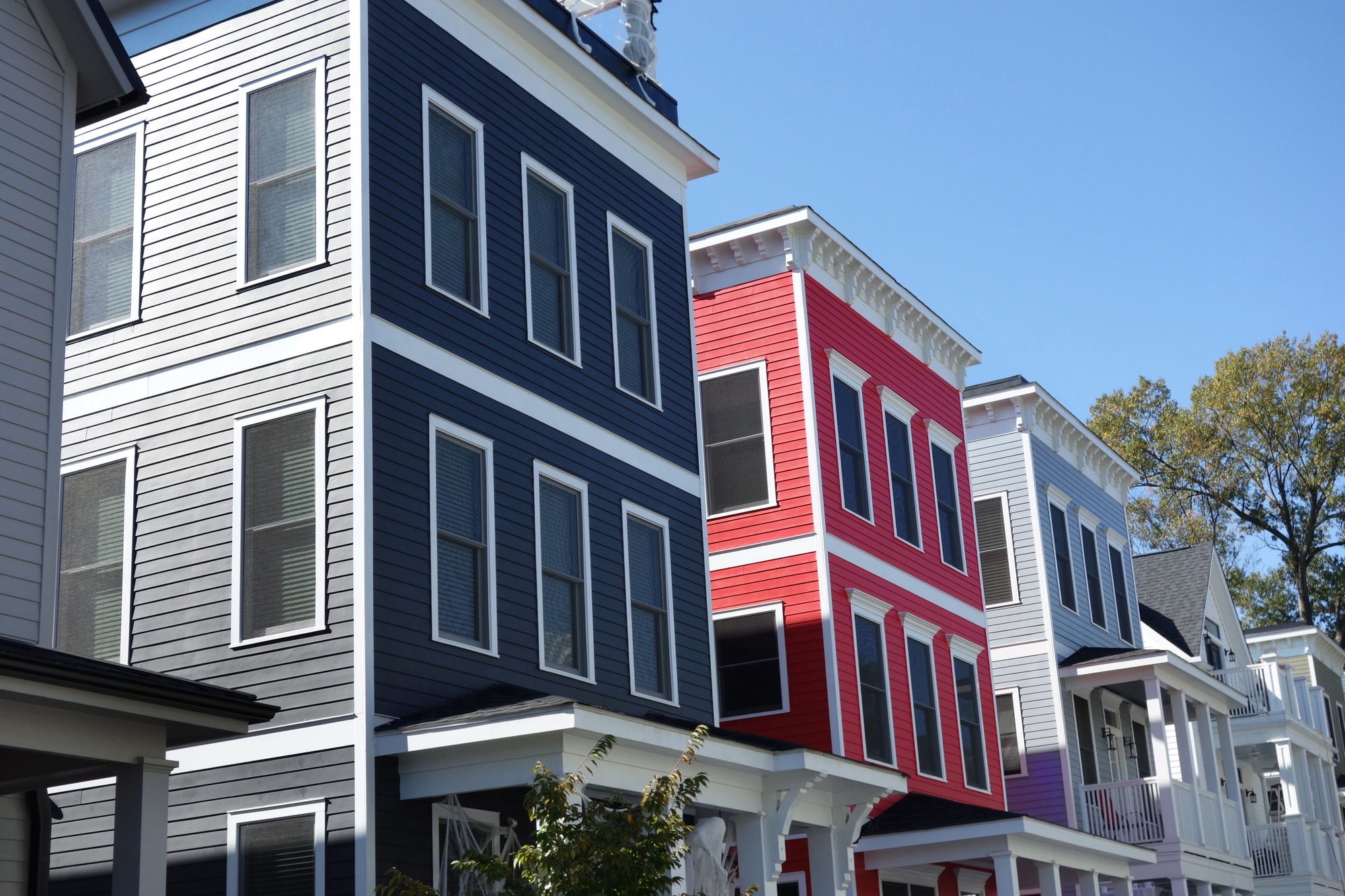
Raleigh, North Carolina
Raleigh has been leading NC energy markets in green retrofitting since 2007. The region has been referenced in other city policies, such as Austin’s Imagine Austin Comprehensive Plan, for its resilient developments. The U.S. Green Building Council of North Carolina provides educational opportunities, volunteer engagement, and industry networking in order to reach these goals. Work done to transform non-residential buildings in the region can be emulated by any interested business practice.
Close by, in Chapel Hill, efforts are being made on a local level to future-proof residential homes for unexpected environmental change. For example, Chapel Hill-Carrboro city schools have received a slew of sustainability accolades from the US Department of Education and the North Carolina Department of Public Instruction.
State-wide policies applying to the Chapel Hill-Raleigh-Durham region show increasing pressure being placed on green building development over time:
- The 2016 North Carolina Energy Efficient, Green and High Performance Home and Building Inventory Report highlights ENERGY STAR certification levels reached in the area. The number of single and multifamily homes with energy efficiency retrofits placed North Carolina at third in the nation in 2015. Overall, more than 122,000 NC homes have been built or retrofitted for high energy and green performance since 2007.
Thresholds reached by Raleigh can be followed by other regions with their own goals and projects. Charlotte, for example, has made efforts to bring green building certification mandates 2 hours south in the state.
Want to bring green building projects to your region?
Was your region not mentioned above? Do you have a green building you’re proud of or live in a neighborhood with bold sustainable initiatives? Many local efforts to future-proof projects for climate action may be unfolding near you. Explore your region’s own green building policies.
Use the “Letter to Your Representative” resource on the Elemental Green Website to make a difference in less than 5 minutes.


